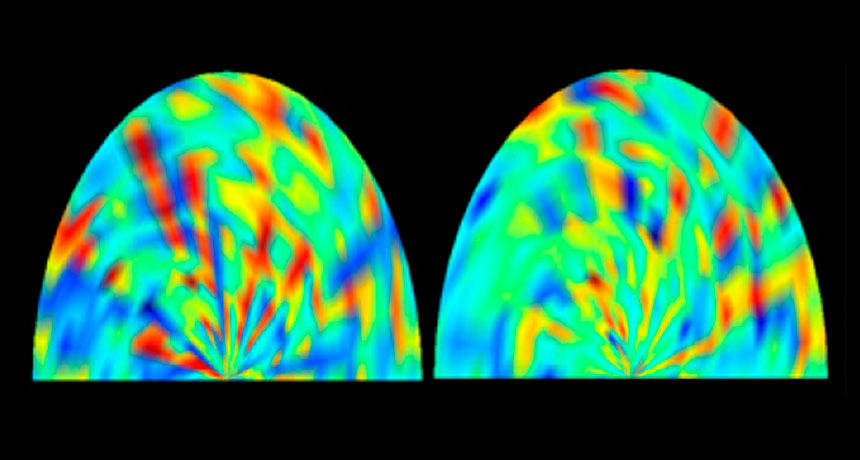Sense of smell is strictly personal, study suggests
‘Olfactory fingerprint’ could be tough target for identity theft

SOLE SCENTS “Olfactory fingerprints,” such as the two represented graphically above for two different people, represent a person’s individual sense of smell. Warmer colors represent greater perceived similarity between two odors.
Secundo et al/PNAS 2015






